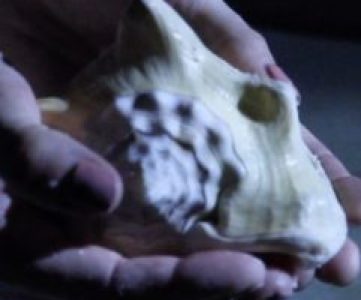Our Current Online Experiences and the Significance of Touch
TT Journal, ISSUE 4, 12th September 2022
By Carsten Friberg
After two years of ”onlining” I believe many, probably most, of us have felt a relief about being led back into the real world again. Although there are beneficial practical aspects of online meetings and teachings such as time and travel saved and sometimes increased efficiency in meetings due to less small talk, the benefit seems limited compared to the interaction of being present among others. Even though some will speak positively about the online versions, I do think they fall behind in most aspects.
A reason, I believe, is the importance of touch for our existence. It is something technology cannot substitute, any virtual format will only echo it even though technologies may be impressive in this respect. This is because touch comes first, not only for imitations but for our world-relation. Online platforms and VR are tools, and tools are for something. I think this is important to keep in mind – we can be fascinated by tools and forget the world around us, but the world is still the pre-condition for any tool being fascinating.
Interestingly, we have in the past two years experienced a reality that was the past’s future. A view back to the late 20th century reveals a fascination with the technologies we now think of as ordinary tools. Part of this fascination was also an idea of the body being dismissed by these technologies, a vital omission we have experienced now.
Did they ignore or forget something we have felt to be essential? Or is it us that fail to see something they could imagine?
I believe it is the first, but there may still be a point hidden in the latter.
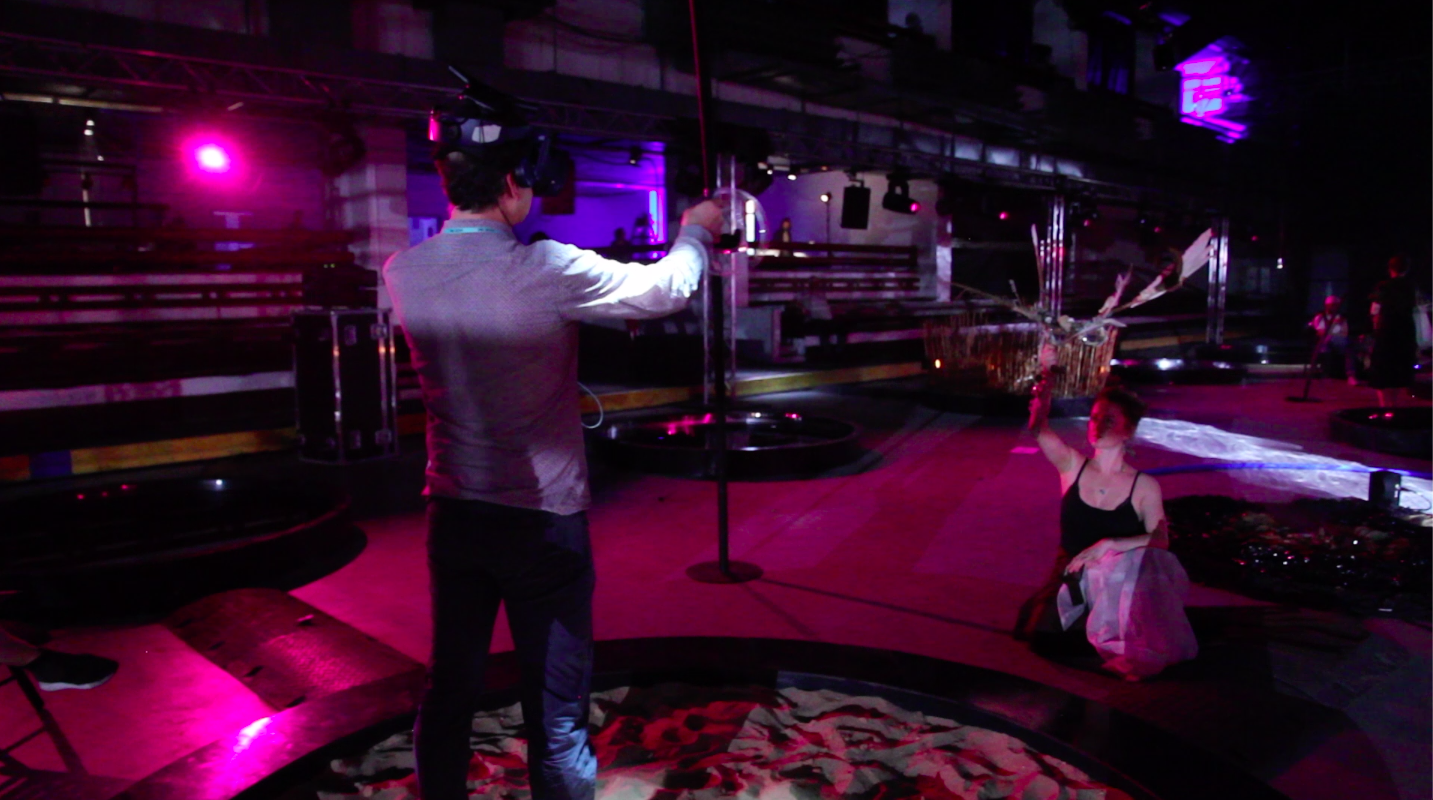
Sherry Turkle’s Life on the Screen. Identity in the Age of the Internet from 1995 is an influential book from the late 20th century. We read here how playing with different identities is made possible by the creation of online identities – and we learned about the virtual and the real, about VR and RL. It is about a liberty coming from manipulating information, where one can “simulate nature in a program or leave nature aside and build second natures limited only by our powers of imagination and abstraction” (Turkle 1995, 47). If we ignore the over-excitement, not least when remembering the quality of computer simulation of the 90s, it does reveal an appeal to some users. Turkle draws on interviews such as those with a physics graduate whose existence is one between laboratory work and virtual life as he has heart trouble which is limiting his physical performances (192 f.). He experiences a freedom from bodily malfunction caused by health issues. I believe for many it is also a liberty from feeling bodily awkwardness in social interaction because one is not judged by physical appearance but by their “online imagination” , perceived by like-minded people.
One wonders if they simply forgot about the body because they were so preoccupied with technological innovations. Or did they neglect it? Perhaps they did feel the body to be more of a problem and the internet offered them a sanctuary free of its limitations – not only physical limits of mobility and health, but social limits of embodied codes of conduct and evaluated appearance. If the culture of real life is occupied with bodily perfection and roles, the internet identity offers a free space for young men and women to perform without the judging gaze on one’s bodily imperfections.
I think this is one point to keep in mind. Another is the dream of dismissing the body to which a word of warning must be uttered to avoid confusing contemporary dreams with historical examples. Western philosophy holds different views of, apparently, a spirit without a body, but what we find in, for example, Plato, Avicenna and Descartes are not suggestions of reality but fictive constructions for the sake of investigation, or what is not reality but discussions of afterlife and immortality.
Dismissing the body is something coming from influential 20th century ideals for which another 90s book, Katherine Hayles’ How we became posthuman from 1999, is central. With communication becoming electronic, matter seems to no longer matter. Information loses its body because it is “conceptualized as an entity separate from the material forms in which it is thought to be embedded” (Hayles 1999, 2). A figure appears, the cyborg, and the body becomes a mere “prosthesis we all learn to manipulate” (3). If there is need for any matter, it is one that can process binary codes but not a human body which so often causes troubles. “If flesh is data incarnated, why not go back to the source and leave the perils of physicality behind?” (37). AI was emerging, and cognitive and computer scientist Marvin Minsky could suggest a future where we can download the data in the brain and keep it on a disk to turn it on again some time in the future (244 f.).
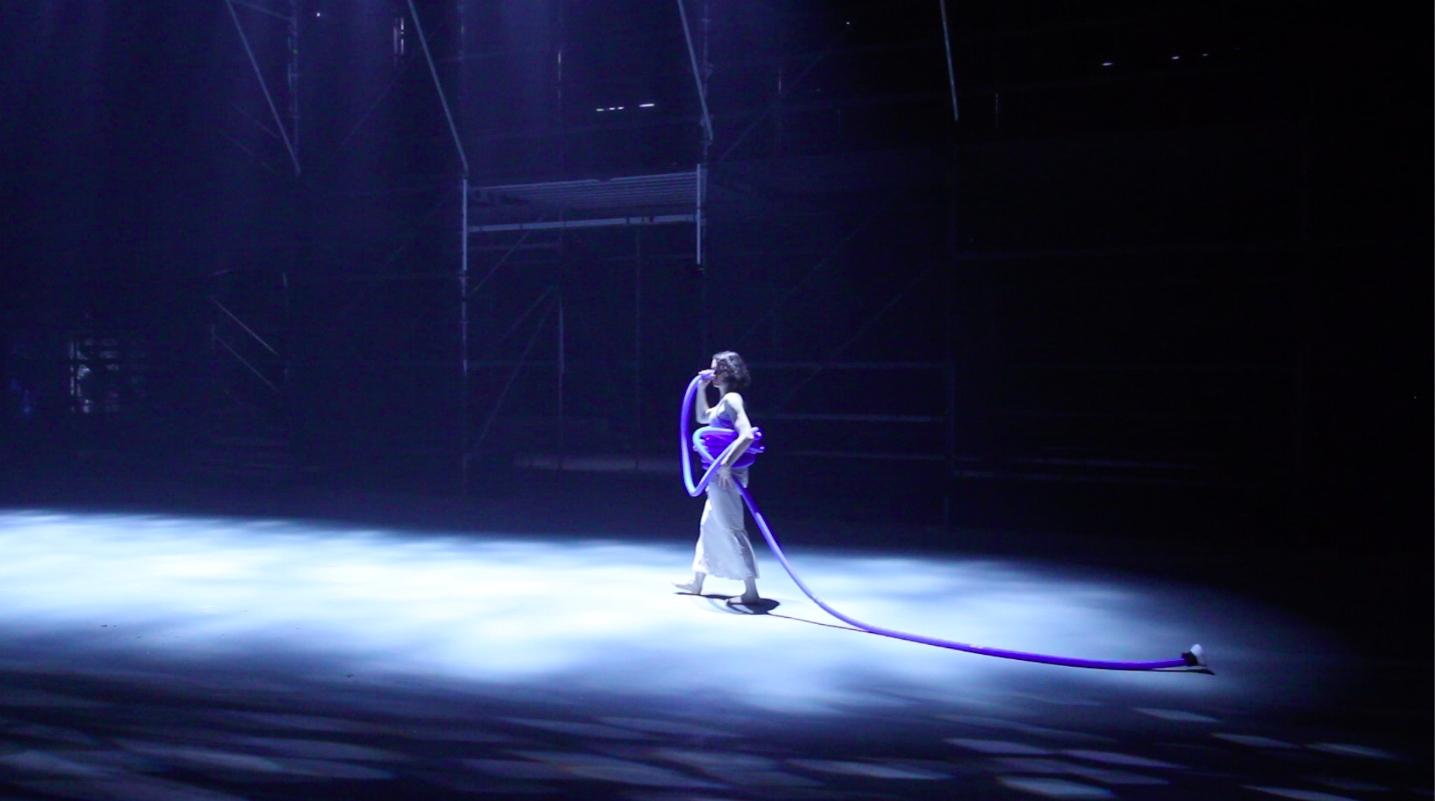
36Q Blue Hour, Prague Quadrennial 2019
The late 20th century flourished with codes, from semiotics to the human DNA, and it flourished with fictions about data existences – think of writers like Philip Dick and William Gibson. It is not that the body disappeared in everything online; a new thing was cybersex. But an advantage could be the control and limitation of data in a virtual existence. As one of Turkle’s interviewee, crushed after meeting the woman behind the virtual sex experiences, says: “Real life gave me too much information” (Turkle 1995, 207).
I believe we can see the lost body of information as a culmination of an intellectual tradition that has practiced a separation of reason and thinking from feelings and emotions. Reason is believed to work on its own and it must not be ‘contaminated’ by feelings that may steal the attention if they are not brought under control. Reason enlightens and emotions obscure. At the beginning of the Enlightenment, in 1690, John Locke writes that all the art of rhetoric “are for nothing else but to insinuate wrong ideas, move the passions, and thereby mislead the judgment” (III, X, 34 in 1690/1997, 452). Rational discourse is a matter of reliable data purified from sensuous influence. In that age emerged ideas of thinking as a mental activity only, as psychology; nature became a resource for production, and (Western) humans the conqueror of the world – ideas praised as emancipation from darker ages.
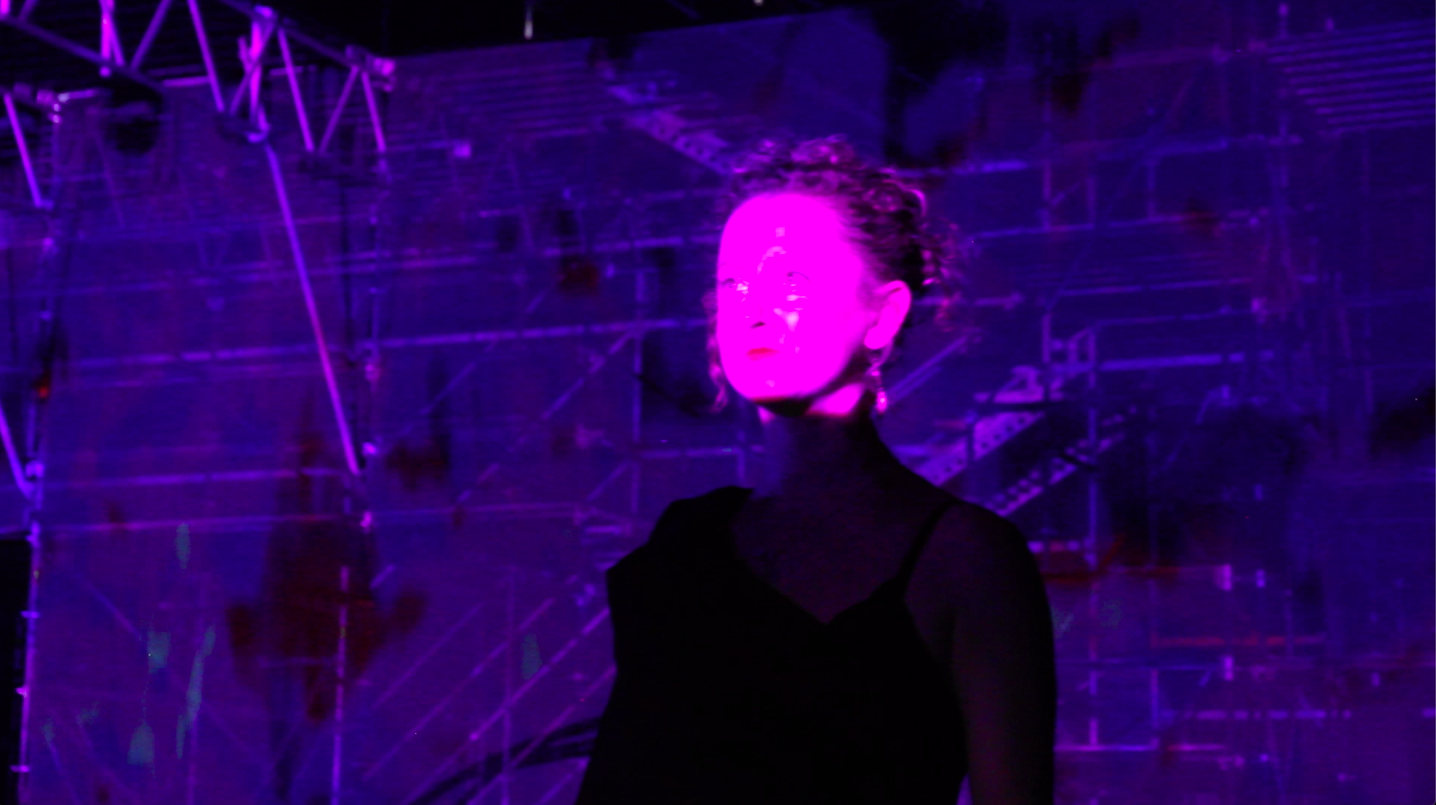
Ideas are never uncontested, and while the body vanished in some discourses in the 20th century others were still aware of it. Hayles is not favouring the idea of a disembodied mind and states that, for example, gender is not a matter of a language but body practices “that serve to discipline and incorporate bodies into the complex significations and performances that constitute gender within a given culture” (Hayles 1999, 200). However, it may be exactly such a necessity of gendered body practice that makes some feel more comfortable with information and language rather than bodily practice and presence.
I said in the beginning that our existence begins with touch. I think this touches upon what we experienced during our online days of “being out of touch”. I deliberately refrain from saying what it is we are out of touch with because I believe we should consider it to be what Matthew Ratcliffe (2005) introduces as an existential feeling, i.e. a feeling that is not about anything in particular but about the relation with the world when the “world can feel strange, familiar, unreal, homely, alienating or intangible” (47, italics in original). He does also later include the feeling of being “out of touch with things” (2009, 181).
I will come back to this, but let us move slowly and begin with a question Jacques Derrida asks in the opening of his book on Jean-Luc Nancy: “If two gazes look into each other’s eyes, can one then say that they are touching?” (2005, 2). Is one touched by the other’s gaze?
The eye is an organic lens transmitting light to the brain for computing information. If this is all there is to it, it is only information in need of the material required for binary codes. The eye is a lens like the camera on my computer. The eye is merely a thing among other things. But the gaze directed at me is not what I merely register – I feel there is something in the other’s eye and I feel when the other is looking at me with curiosity, boredom, kindness, annoyance. I feel the gaze touching me and making my body react – sometimes blushing, sweating, trembling even affecting my heart and stomach.
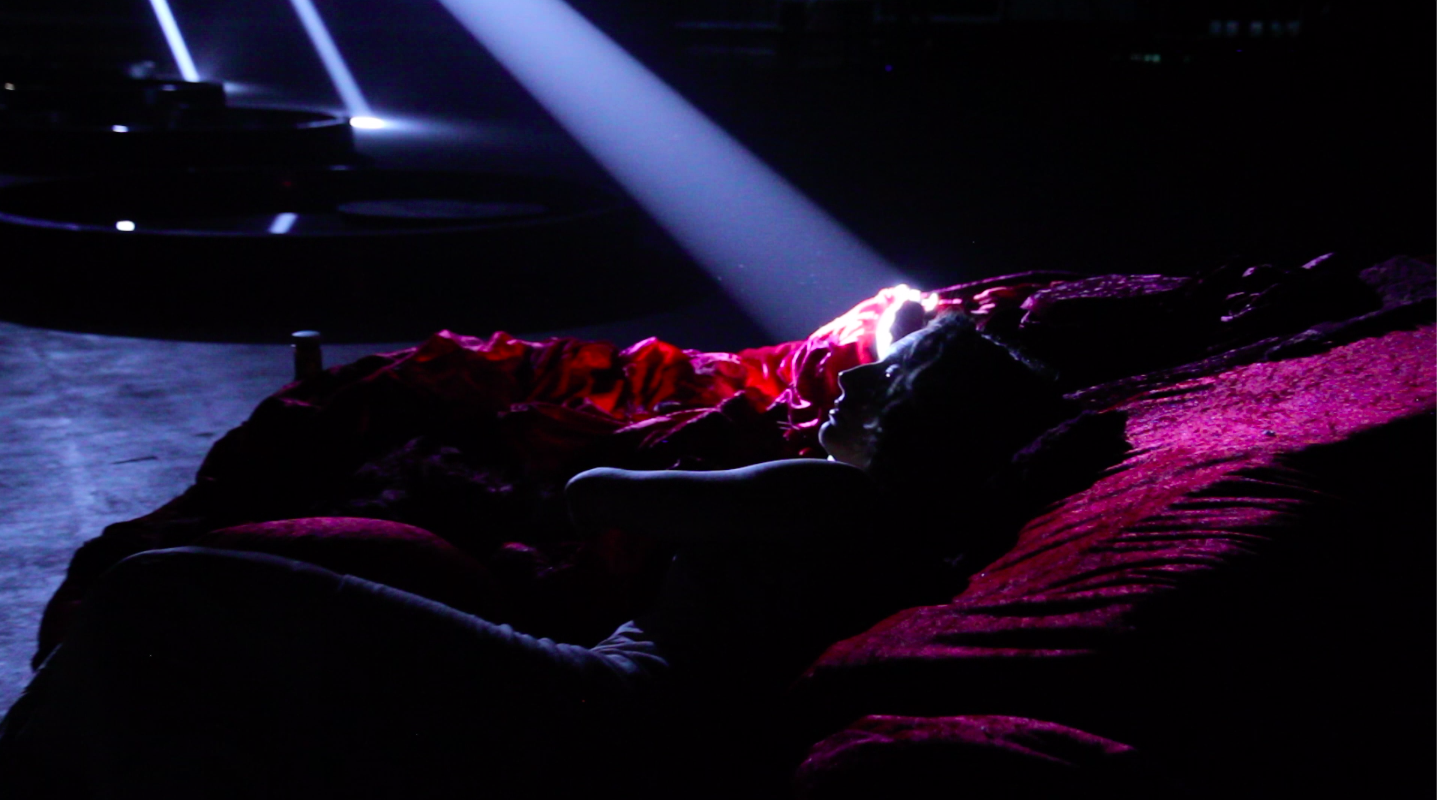
36Q Blue Hour, Prague Quadrennial 2019
Of course, there is more to it than only the eyes – it is also the presence of the other. But a question is still how we feel touched even though we are not literally touched by the gaze. Touching is a complex feeling and often we cannot even feel what touches us. The clothes I am wearing touches my skin, yet I do not feel it unless something tickles or is too tight. If I take off my clothes, I do not feel the air unless there is a movement. We feel the draught, but we do not say ‘I feel the air moving over my skin’, and the hand on my shoulder is not a feeling of pressure of my shirt against my skin but a feeling of a hand. If I undress in front of a stranger I feel naked. What is it then I am feeling?
Touching is not only about touching something with the hand; it includes also forms of self touching like the examples above: I feel I am blushing and feel my heart beating in front of the person who is the object of my unexpressed desire – I may feel the situation as one of ‘real life giving me too much information’. In what we do in relation to the world and ourselves there is an element of touch. Also in thinking. Thinking is no mere computation of (binary) codes but an active engagement with the environment. Classical philosophy explains how thinking is a very complex and diverse set of activities, Descartes writes in his Meditations that when he thinks he: “doubts, understands, affirms, denies, is willing, is unwilling, and also imagines and has sensory perceptions” (AT VII, 28, in 1641/1984, 19).
Thinking and touching are related – but of course one does not touch one’s thoughts, and to think about touch is something different from touching itself. I repeat the suggestion, that touch is our earliest experience and relation to the world – long before we think of it and even before we engage visually. We begin our existence with touch in the intimacy between infant and parent(s). From birth on the infant is capable of learning to interact with others and it acquires a “pre-reflective, practical knowledge of how to interact with others in face-to-face encounters” (Fuchs 2016, 202). This knowledge enables our interactions.
In addition to Thomas Fuchs I believe we can say that this intimate beginning is maintained in touch. The beginning leaves a decisive impact on us – the importance of touching is crucial, even though we become occupied with other senses, not least vision. In our perceiving and acting it still matters that we feel connected and in touch with the world – that we recognise “that all experience incorporates a sense of belonging to the world” (Ratcliffe 2009, 184).
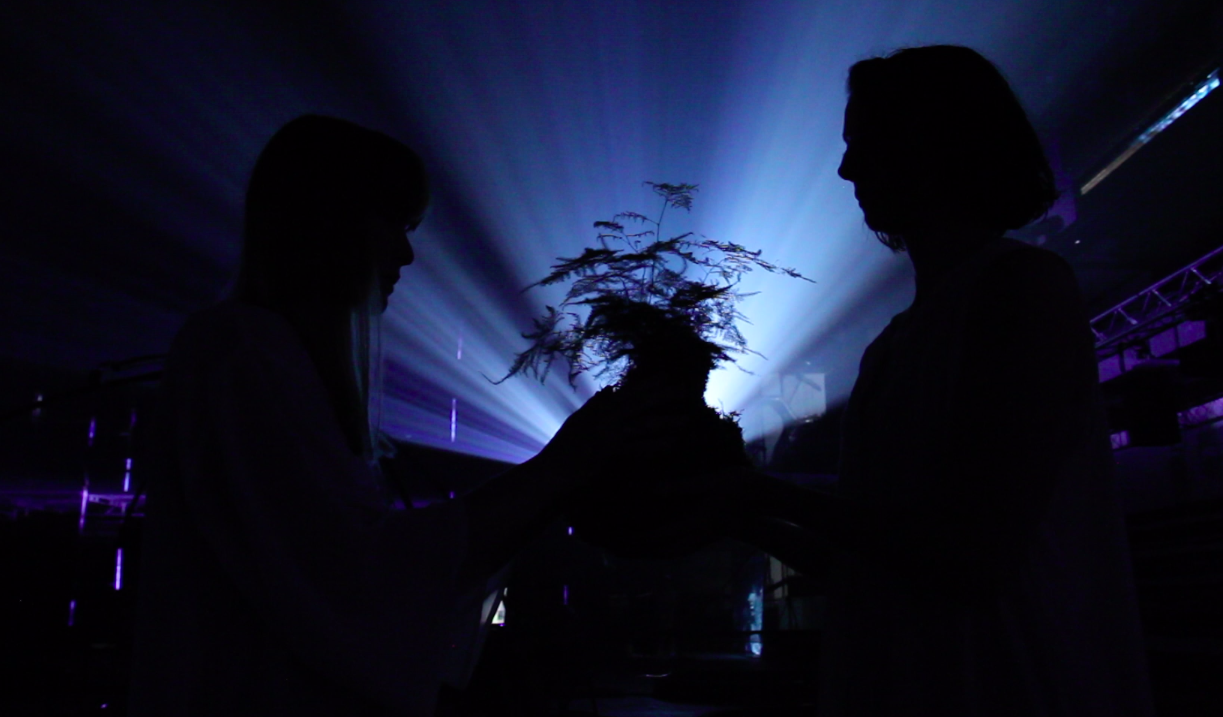
Perhaps this is the reason touch can be intimidating and we have to learn, in social interaction, “to touch without touching, without touching too much” (Derrida 2005, 67, italics in original). Different cultures display different rules of touching in social interaction like when religious rules prohibit the woman to touch the man as he could be defiled by it, and current Western culture problematises the male touch as it may imply an asymmetry of power or abuse. Touch is related to tact; it is the respectful touch, or non-touching with which we touch the other and establish relations.
This significance of touch and feeling bodily present may tell us what it is we miss in the online meetings. It is when being a body present among others we connect to the environment, not as an individual observer computing data received from our senses. We sense and perceive, and we, following Fuchs (2016), bodily resonate. Think of watching the acrobat performing. We are not merely seeing the stunts but we feel a surge in the stomach, get sweaty palms, perhaps swaying our body etc. When we meet the other we react to the other’s bodily presence, to facial expressions, gestures, odours, reactions that also influence our presence and in return affect the other. “Primary social understanding is not an inner modelling in a detached observer, but the other’s body extends onto my own, and my own extends onto the other” (Fuchs 2016, 201).
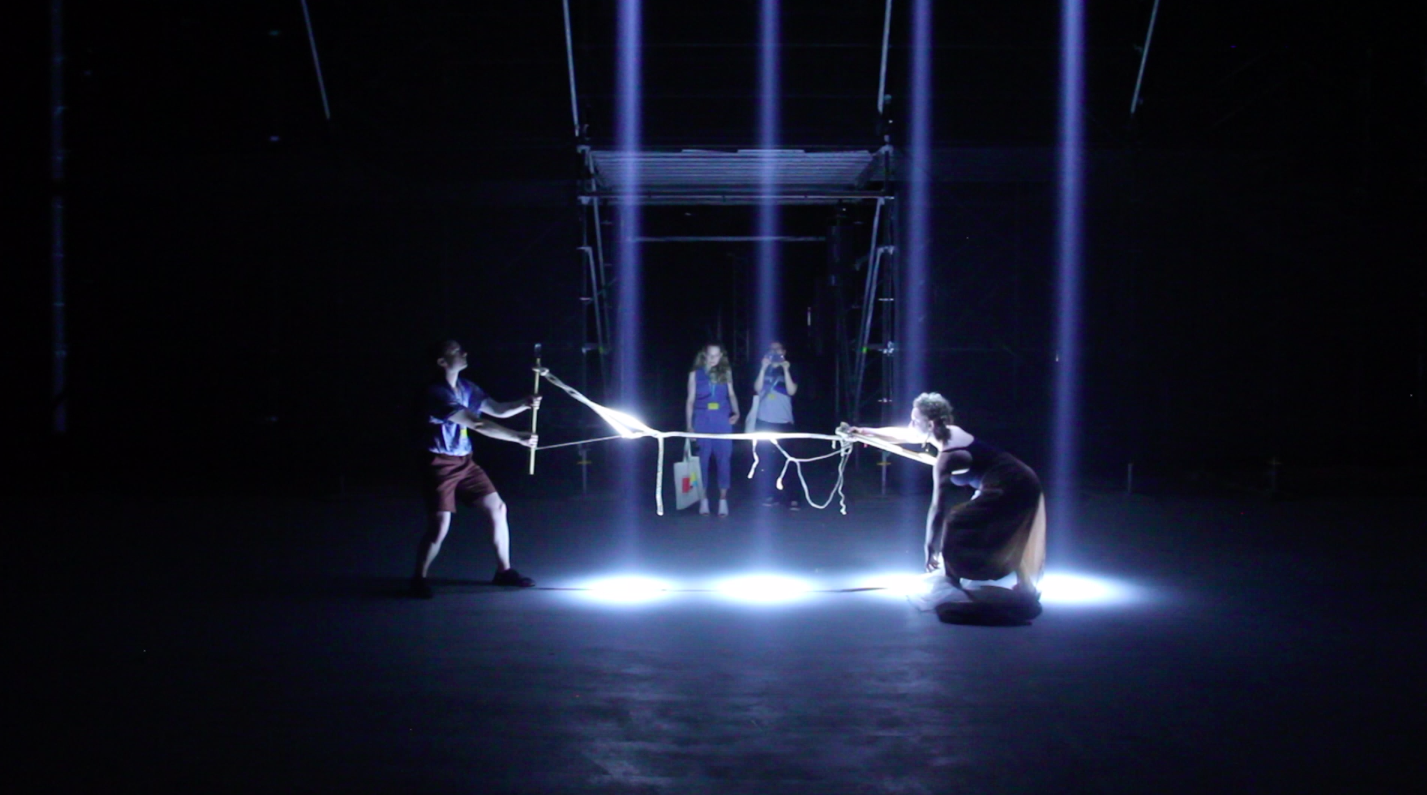
Suggested here is a phenomenological approach dismissing ideas of constructing cognitive models of an individual meeting another individual and ‘reading’ the expressive ‘signs’ of the other to learn what is behind the appearance, or of simulating the other to feel what they feel. The idea that compassion is to simulate or mirror – to feel with – the other’s feelings is problematic. What I feel in your sadness is not sadness in myself to mirror your feelings, but I understand your sadness and feel concern for you. Instead of mirroring the other’s feelings to interpret them through feeling the same, we should say we establish a bodily interaction with the other built on the incorporated world relations we have acquired throughout our lives. Where this does not happen we find a lack of capacity to feel emotions like in autism which we can consider related to “a loss of primarily intercorporeal and relational attunement” (Bizzari and Spremberg 2019, 698).
The lack of bodily interaction is not a lack of interaction but it is one that is reduced to a reading of signs without bodily resonance. It is an interaction that we can say falls within the autism spectrum, one where the other’s gaze is registered but not a gaze to be touched by. The question is whether the online interaction falls within the spectrum. I see the other’s eyes on the screen, but they do not touch me in the same way as when the other is present.
I believe that by making use of insights from phenomenology like those expressed by Fuchs when he states that “social understanding is primarily based on intercorporeality” and that in “social contacts, our lived bodies become extended such that they are intertwined with those of others” (Fuchs 2016, 205) we understand what can be felt as uncomfortable about online interaction. The bodily interaction is not gone, but it is reduced or at least in need of reinterpretation though probably still prevented in its form.
Maybe the first generation of online users did not forget the body, they were simply not concerned because the fascination of new media stole the attention. But when fascination fades, the missing aspects become apparent. Perhaps some never miss the body, they feel exactly liberated from the overload of information we experience in physical presence. People are different and we all find ourselves somewhere on a spectrum from autism to hypersensitivity. We are different, and on a concluding note I suggest we pay attention to these differences and the related different needs. The bodily presence and especially the sense of touch play a fundamental role in our world-relation which is exactly what many have felt to be an aspect that has suffered from online activities, but we must also acknowledge how the other acts and reacts from a position somewhere on a spectrum from autism to hypersensitivity.
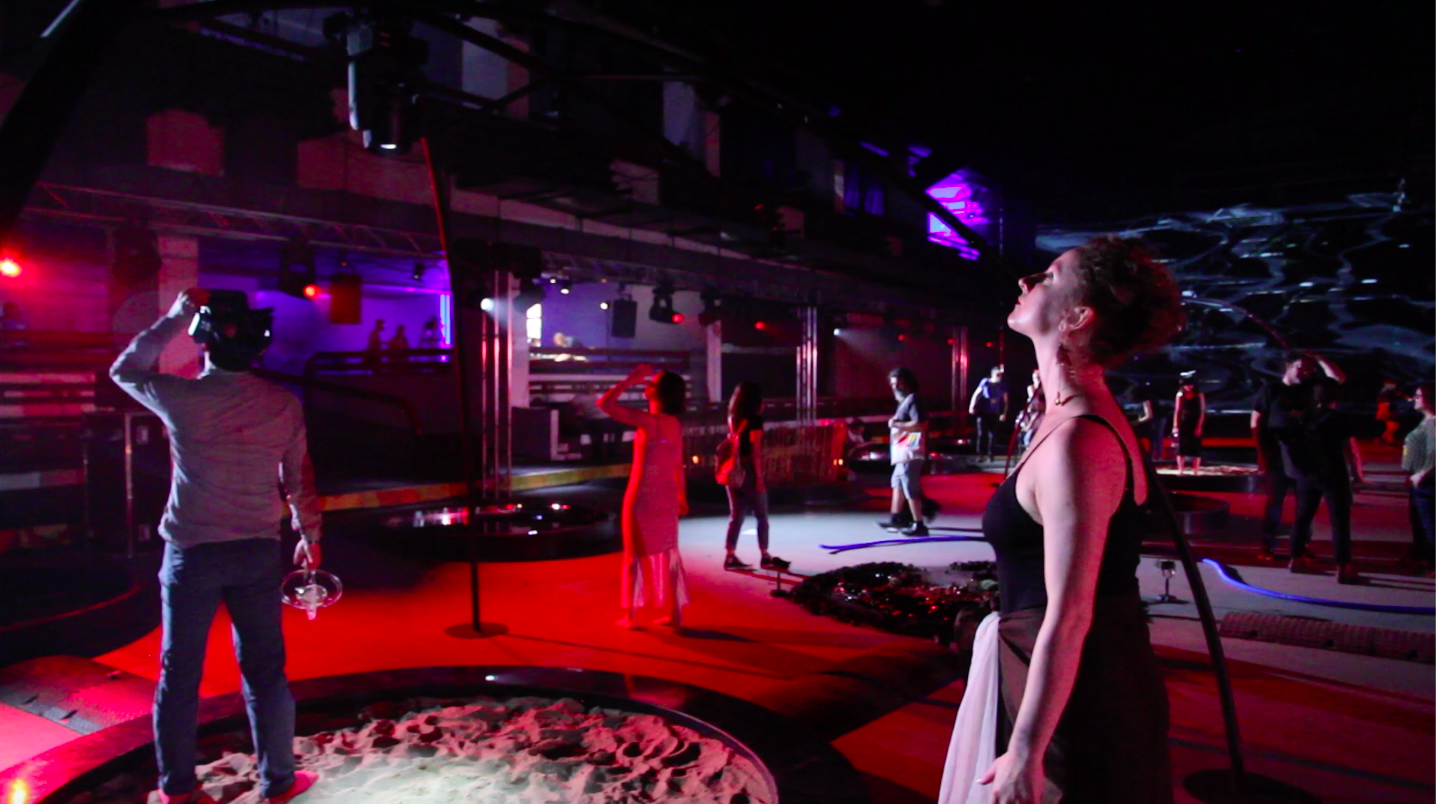
36Q Blue Hour, Prague Quadrennial 2019
References
Bizzari, V. and Spremberg, A. (2019) “Shame as a Resonant Emotion. The Case of Autism Spectrum Disorder”, Revista De Filosofia Aurora, 31(54), 695-711. http://doi.org/10.7213/1980-5934.31.054.DS02
Derrida, J. (2005) On Touching – Jean-Luc Nancy. Translated by Christine Irizarry. Stanford University Press.
Descartes, R. (1641/1984). Meditations on First Philosophy. In The philosophical writings of Descartes Vol. II. Translated by J. Cottingham, R. Stoothoff, D. Murdoch. Cambridge University Press.
Fuch, T. (2016) “Intercorporeality and Interaffectivity”, Phenomenology and Mind, n. 11, 194-209.
Hayles, N.K. (1999) How we became posthuman. Virtual bodies in cybernetics, literature, and informatics. Chicago, The University of Chicago Press.
Locke, J. (1690/1997) An Essay Concerning Human Understanding. Ed. R. Woolhouse. London, Penguin.
Ratcliffe, M. (2005) “The Feeling of Being”, Journal of Consciousness Studies, 12, No. 8-10, pp. 45-63.
-, (2009) “Existential feelings and Psychopathology”, Philosophy, Psychiatry, and Psychology, Vol. 16, No. 2, 179-194.
Turkle, S. (1995) Life on the Screen. Identity in the Age of the Internet. New York, Touchstone.
Carsten Friberg is a Copenhagen based independent scholar. He holds a PhD in philosophy and works with research and teaching related to aesthetics from, mostly but not exclusively, a phenomenological and hermeneutical approach. He has been assistant and associate professor at Aarhus School of Architecture and Aalborg University, held teaching positions at Copenhagen University and University of Southern Denmark along with a line of guest teachings in relation to design, media and art. He participates in various research network, among them Appearances of the Political, where latest publication is: Di Stefano, Friberg, Ryynänen, eds. Aesthetic Perspectives on Culture, Politics, and Landscape. https://link.springer.com/book/10.1007/978-3-030-77830-9
Most publications available at: https://independentresearcher.academia.edu/CarstenFriberg
Images by Tereza Stehlikova, Tangible Territories within 36Q Blue Hour, Prague Quadrennial 2019
You can also read more from Carsten Friberg in Tangible Territory journal (issue n.1):
